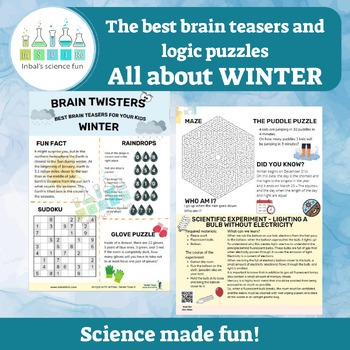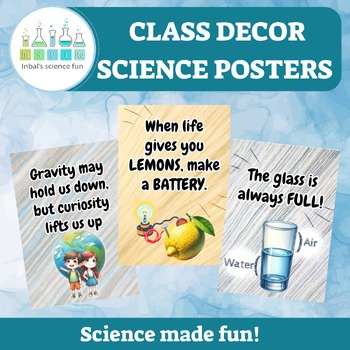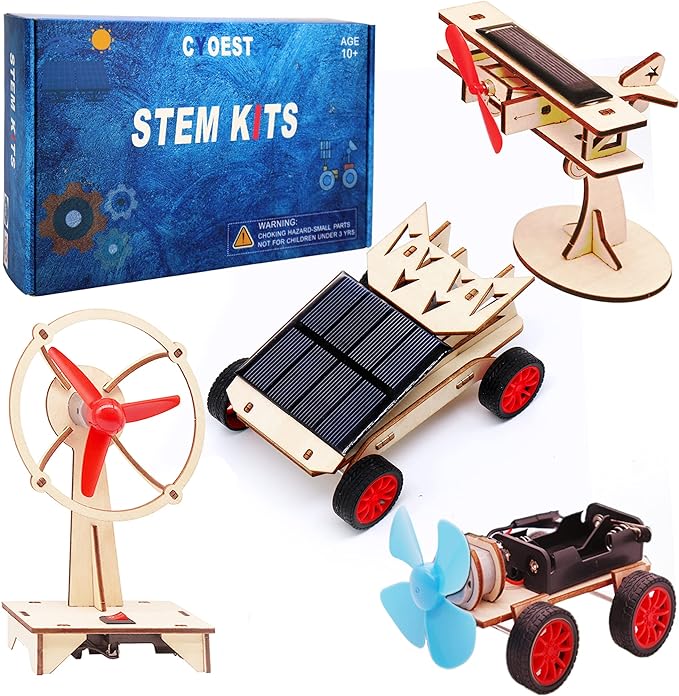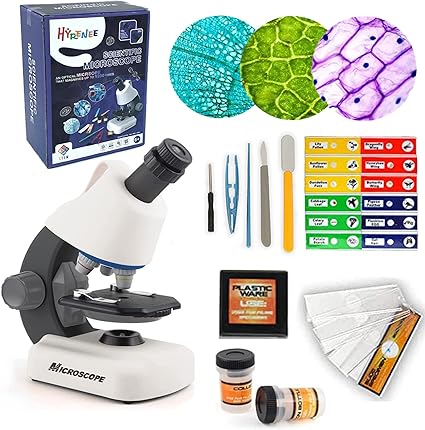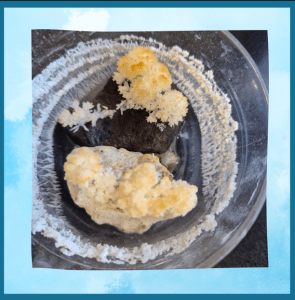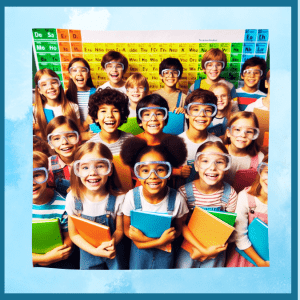5 Perfect Colorful Rainbow Science Experiments for Kids
The natural world is full of color, and what better way to engage young, minds than through vivid and colorful rainbow science experiments? These activities not only brighten up the learning experience but also root scientific concepts in the minds of children.
Everyone loves rainbows!
These experiments are ideal for celebrating the vibrant colors of spring or the festive rainbow of St. Patrick’s Day.
Walking Water Experiment: A Capillary Action Adventure
Observe water’s gravity-defying journey with the ‘Walking Water’ experiment. It demonstrates capillary action. You only need water, food coloring, and paper towels. Colored water “walks” from one cup to another across paper towels. It creates a mesmerizing effect. This activity reveals how water moves through plants against gravity. It’s an excellent way to introduce young learners to physics and plant biology principles.
<<Read the full Walking Water experiment here>>
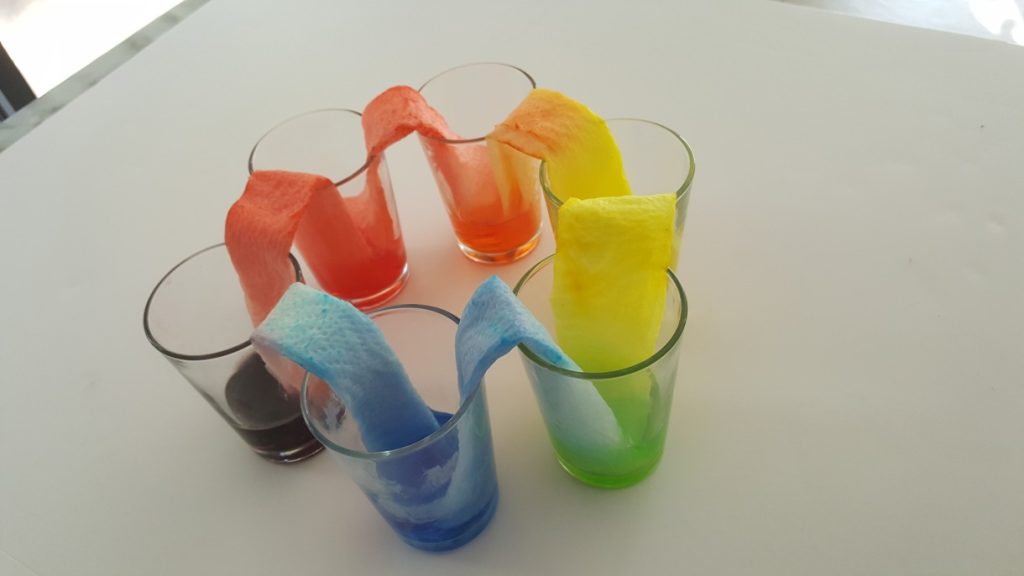
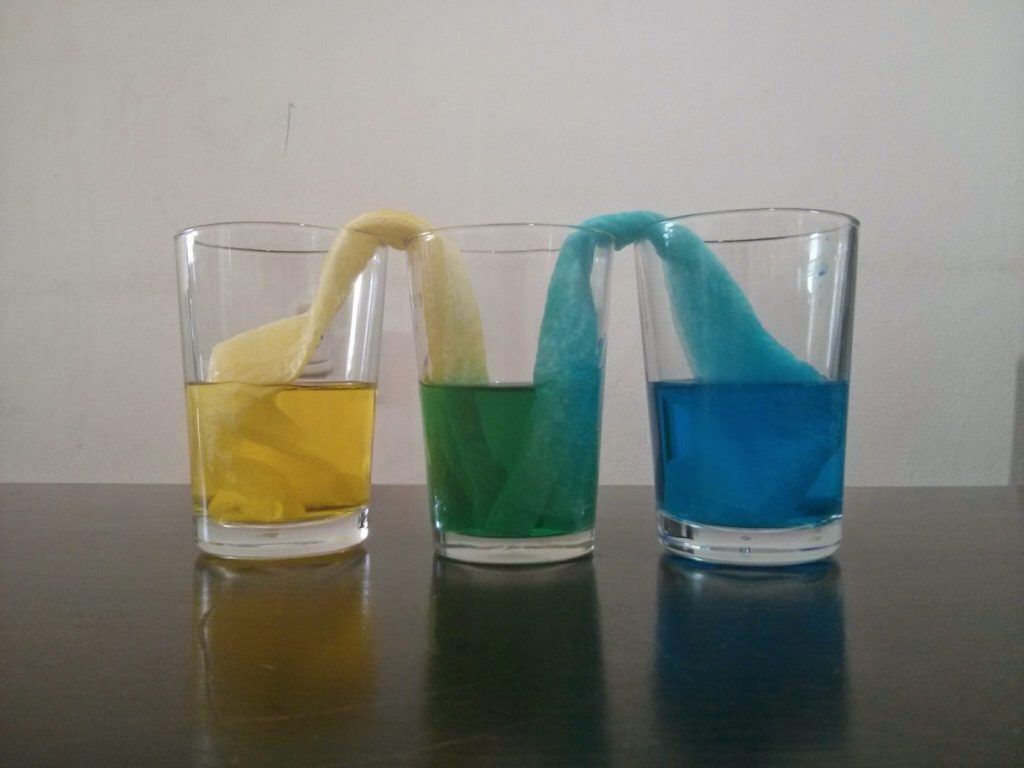
Rainbow Candy Science: Sweet Circles of Color
The Rainbow Candy experiment turns a favorite treat into a color dispersion and solubility lesson. Place colorful candy in a circle on a plate. Pour warm water over them. The colors start dissolving and migrating toward the center. It creates a whirl of colors. This experiment illustrates water’s effects on sugar and colorants. The resulting diffusion creates a beautiful rainbow pattern.
<<Read the full Rainbow Candy experiment here>>
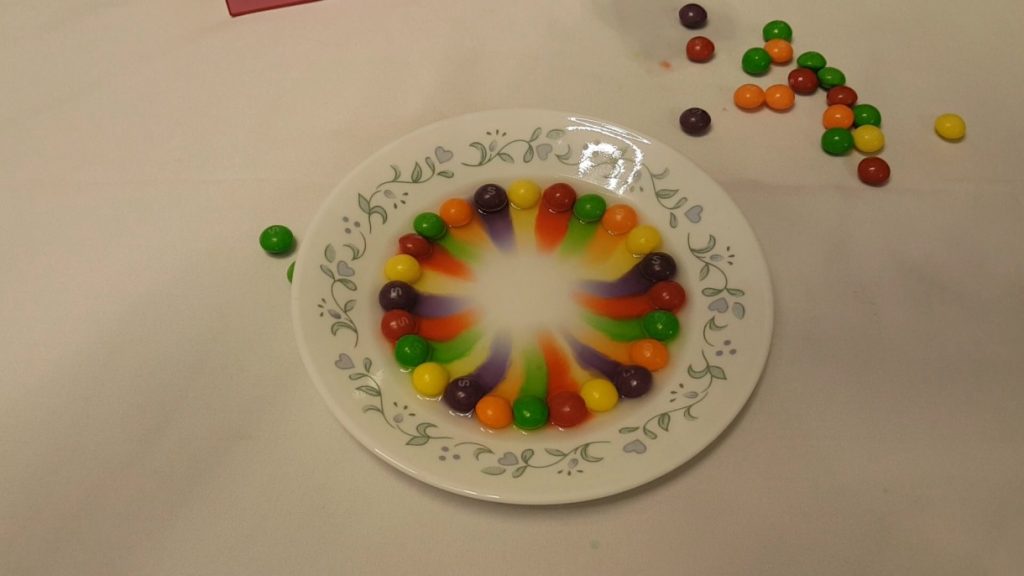
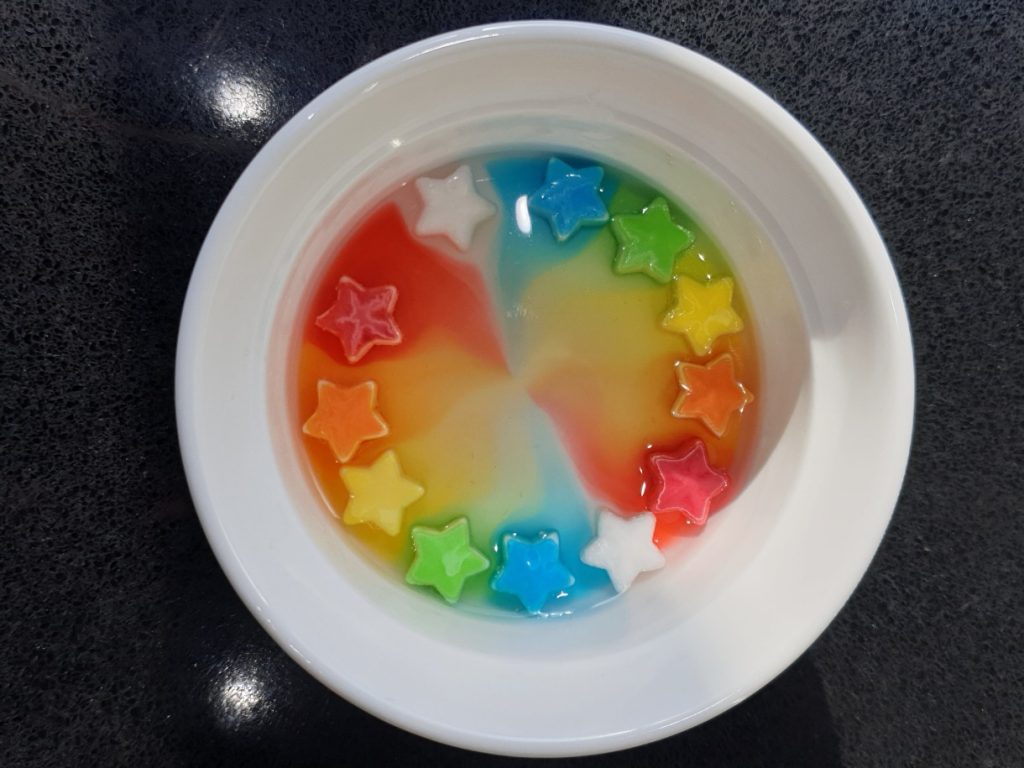
Explosions Underwater: Density and Solubility on Display
Craft rainbows in a jar with Explosions Underwater or Rainbow Rain. This experiment demonstrates density and solubility concepts visually. Use oil, water, food coloring, and a clear jar. Children watch as colored droplets travel through the oil. The droplets mix with the water, creating a ‘rain shower’ effect. Set up this experiment to teach scientific principles. It also provides a delightful sensory experience.
<<Read the full Explosions Underwater experiment here>>
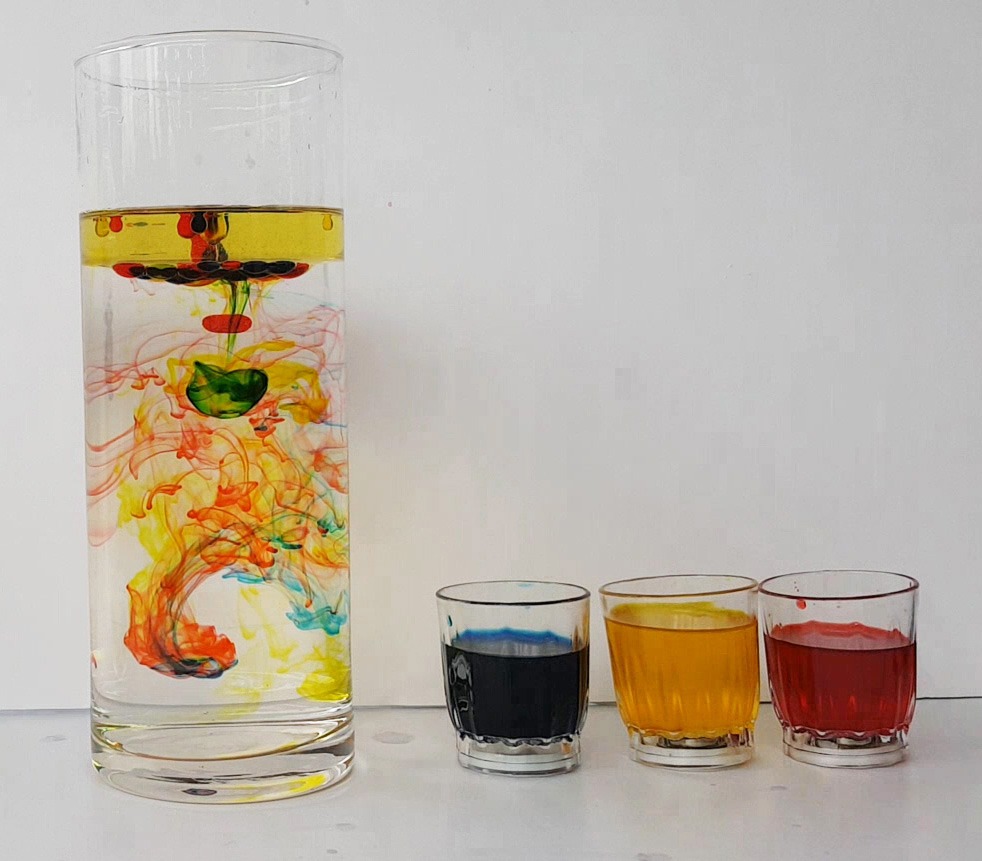
Milk Magic: Surface Tension Transformed
Add a drop of food coloring to a bowl of milk – interesting. But add a drop of soap – and magic begins. Colors swirl and move in an explosion of patterns. The ‘Milk Magic’ experiment shows soap’s effects on milk’s fat and protein molecules. It results in a dramatic change in surface tension. It creates a dynamic art show explaining chemistry fundamentals excitingly.
<<Read the full Colors in Milk experiment here>>
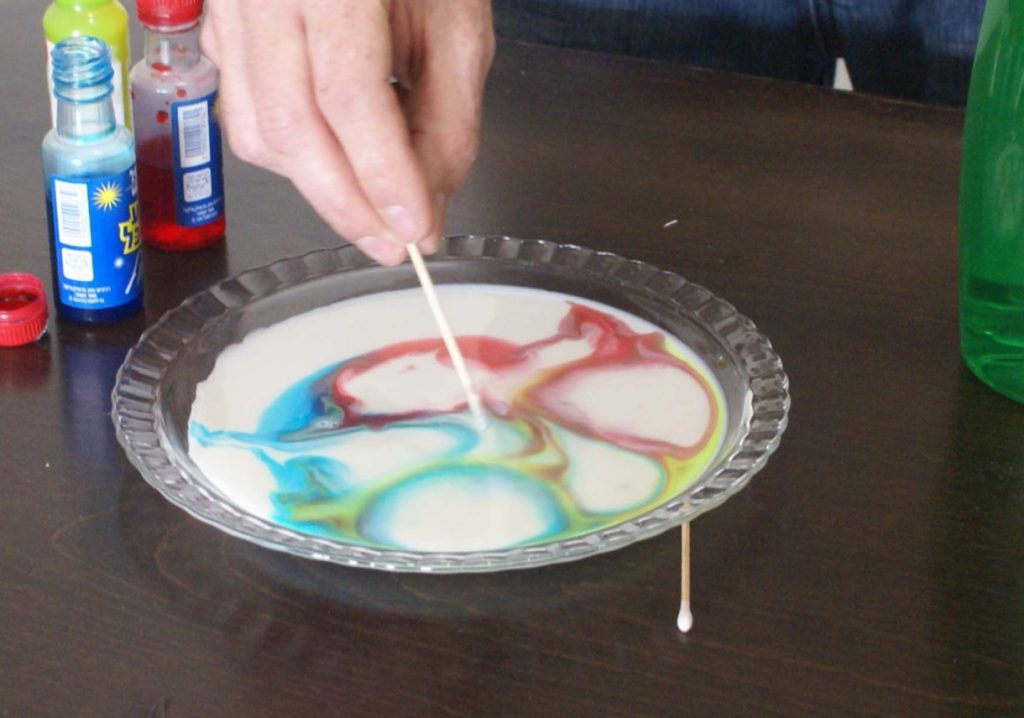
Homemade Rainbows: Refraction in Action
Create spectrums from sunlight with a homemade rainbow. Use a glass of water and paper. Allow sunlight to pass through the glass. It projects a spectrum onto the paper. This illustrates light refraction. This simple yet powerful experiment demonstrates the same principle forming rainbows. It brings atmospheric science into the classroom or home.
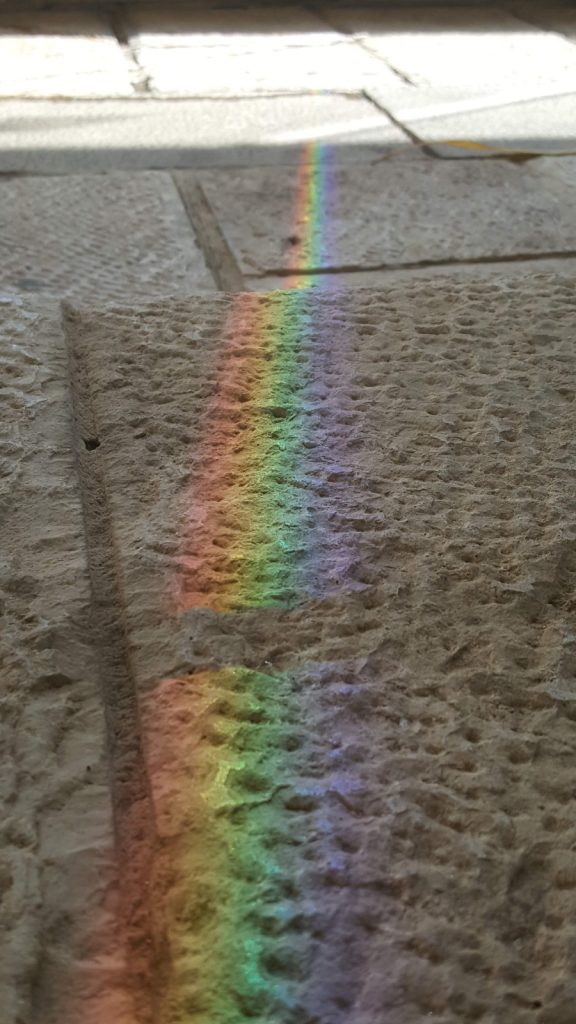
Through these colorful experiments, we have the ability to transform the typical science lesson into a canvas of discovery. By incorporating these activities into the learning curriculum, we can ensure that scientific principles are not only taught but are also experienced in a way that is engaging, memorable, and visually striking.


